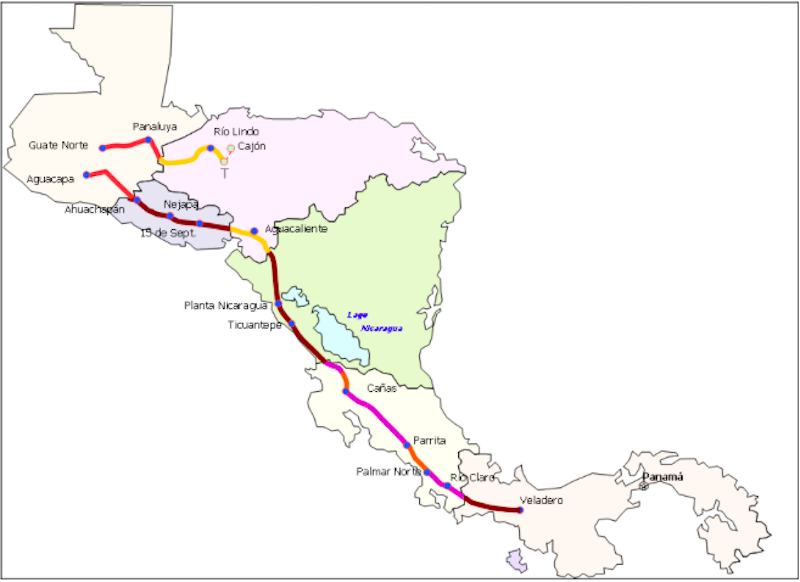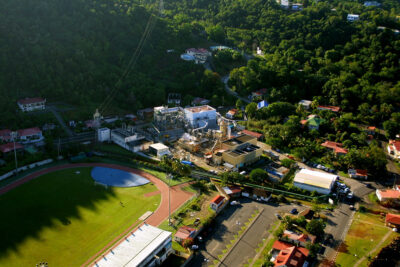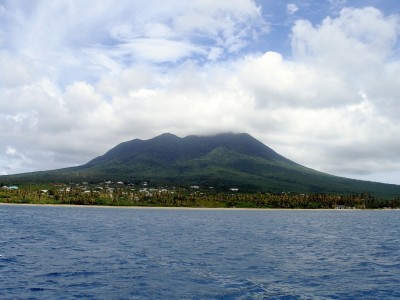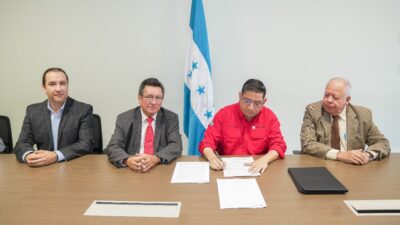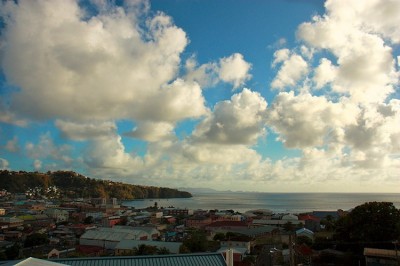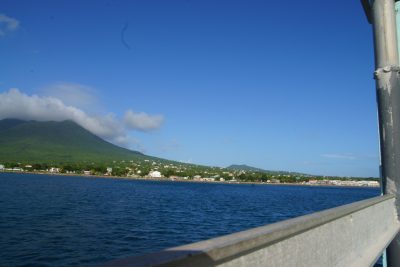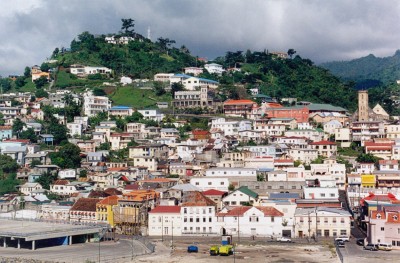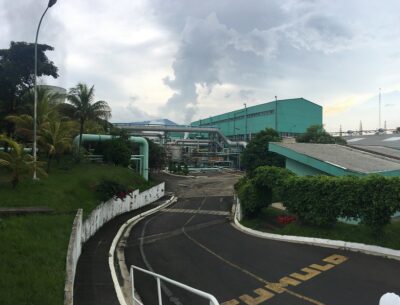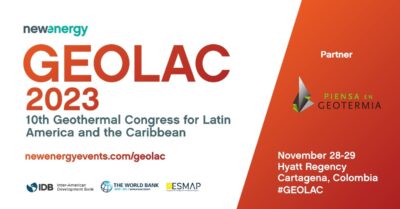Central America Clean Energy Corridor – pushing renewable energy development across the region
With an initiative on creating a clean energy corridor for Central America, IRENA has created valuable discussions on the development of regional transmission networks - while a predominant focus on wind and solar, neglects the opportunity of baseload power in the form of geothermal energy in Central America.
Central America’s potential to develop variable renewable energy is significant, and recent capacity additions in El Salvador, Costa Rica and Panama point to a bright future for wind and solar adoption in the region, as described in a recent article shared by the International Renewable Energy Agency (IRENA). The increasingly competitive cost of power from renewable sources, coupled with growing energy demand in countries with strong economic growth makes a compelling case for the adoption of renewable energy.
To stimulate the investments necessary for a long-term sustainable energy pathway in the region, grid stability and system reliability must be guaranteed – something a regional transmission network can facilitate. To that end, the Clean Energy Corridor of Central America (CECCA) – a region wide initiative facilitated by the International Renewable Energy (IRENA), is designed to support the penetration of higher shares of renewables in national power systems and the regional grid, and promote cross border trade of renewable power.
As a follow-up to a series of capacity building and technical advisory activities held in Central America over the past two years, regional stakeholders met last month in a CECCA regional consultative event, co-organized by IRENA, the Central American Integration System (SICA) and the Economic Commission for Latin America and the Caribbean (ECLAC). The workshop was attended by government officials and senior representatives from across central America, offering attendees an opportunity to chart the initiative’s progress and agree on the path forward.
“IRENA designed the CECCA in coordination with governments of the region to align with strategic plans for the regional electricity market,” said Gurbuz Gonul, Acting Director of Country Support and Partnerships at IRENA. “However, this initiative’s broader impact may go beyond the progress of renewable energy in Central America to establish a framework for global energy transformation.”
Much of the work completed thus far under the initiative has focused on addressing issues related to the design and implementation of variable renewable energy power purchase agreements (PPAs) in Central America, and challenges associated with the integration of solar and wind energy into the grid. “Variable renewable energy integration has rapidly expanded in the electricity systems in the region but there are still barriers to overcome, including the lack of regulation and coordination,” said Vanessa Interiano, Senior Adviser at IRENA. “Progress has been made and we are heading in a positive direction, however, an initiative of this scale requires a careful and methodical approach, consolidating learnings at each stage.”
Two key areas were identified as being for immediate action: capacity building support on network analysis software and advisory support to improve renewable energy investment climate.
The path forward
Drawing on lessons learned and feedback received from the regulatory and technical components of CECCA, the initiative will now move beyond its pilot-country phase to support renewable power deployment across the region. The initiative will aim to extend implementation of the PPA assessment model across the CECCA region through regionalised VRE technical training for national power system operators.
Simultaneously, and in line with the implementation pillars of the initiative, the meeting discussed additional potential areas for joint action including renewable energy project facilitation, resource assessment and long-term planning, all of which will take place under the guidance of IRENA. “The support and cooperation of IRENA is very important to reach the objectives of CECCA,” said Ángel Cano, Executive Director of the National Commission of Energy of Dominican Republic, and SICA Pro-Tempore Presidency.
With a focus on the challenges of network integration of intermittent electricity sources, namely wind and solar, it should be of utmost importance how to integrate the various geothermal power plants of the region in El Salvador, Costa Rica and beyond – particular with further development efforts in other countries of the region.
With geothermal power, transmission lines provide opportunities of electricity transmission covering intermittency of other sources of electricity, while creating additional income.
Source: IRENA
